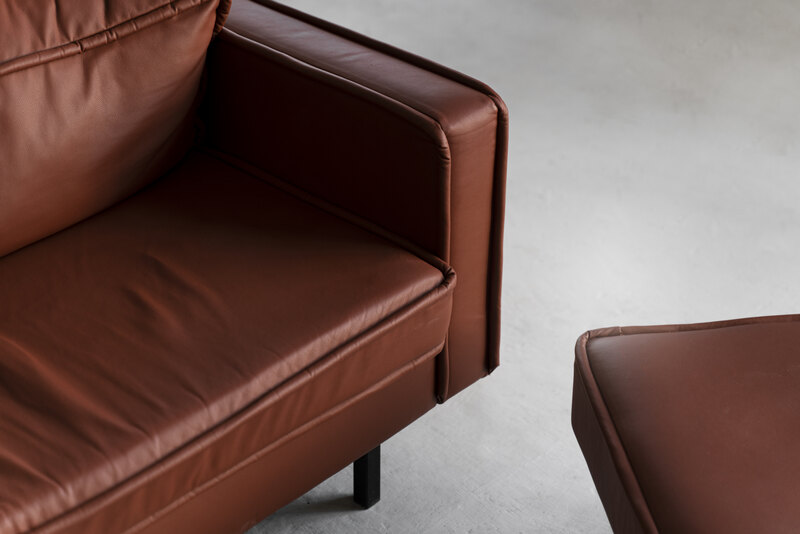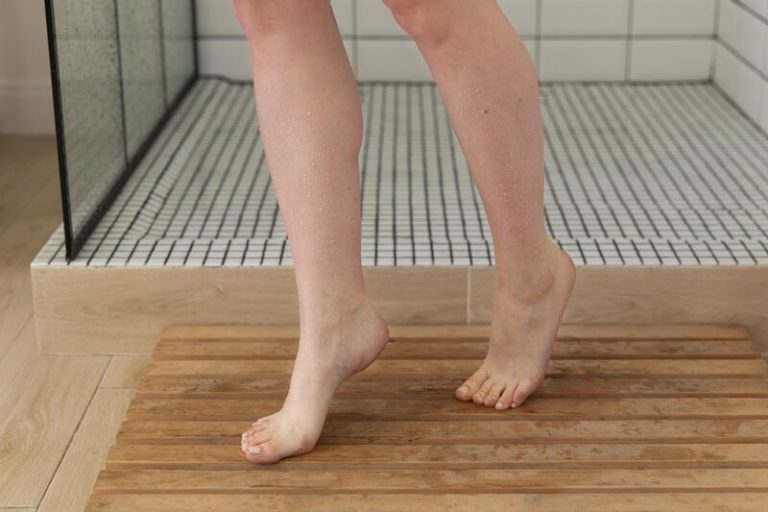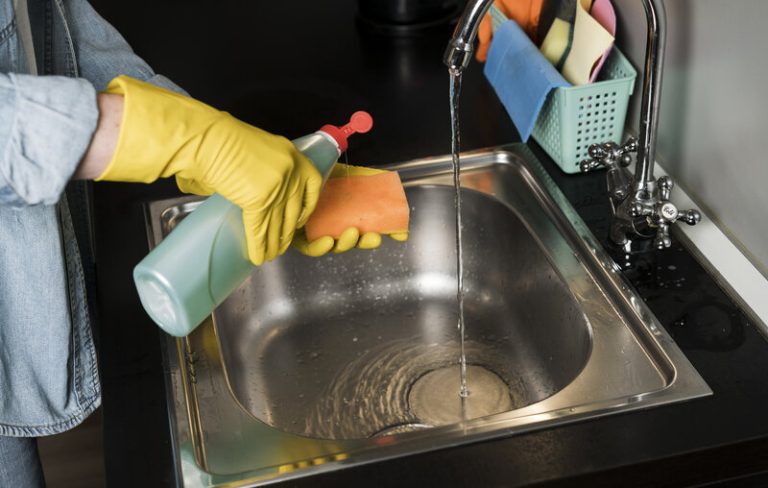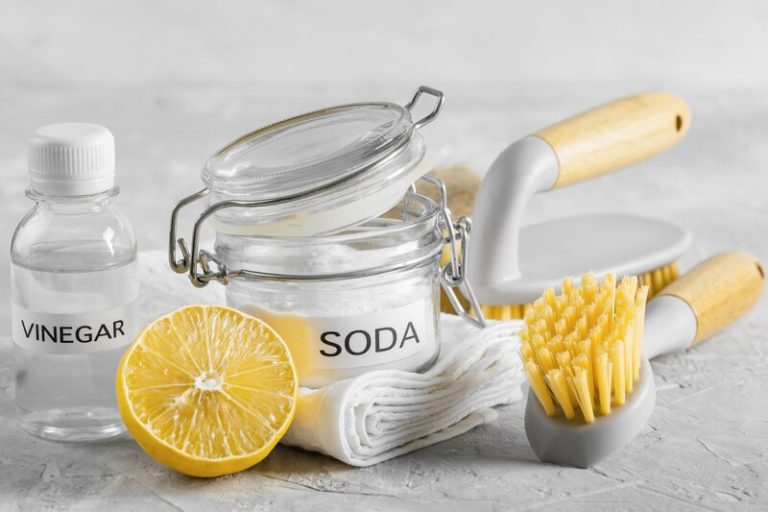Leather furniture has been known to add a touch of luxury and sophistication to any room. However, do you know how to clean leather furniture at home?
In this feature, we will discuss the importance of leather furniture care and maintenance, different types of leather upholstery cleaners, and step-by-step how to care for leather upholstery.
From vacuuming and cleaning stains to protecting leather from sun and heat, we’ll give you all the tips you need for upholstery cleaning and conditioning to keep it looking brand new. Let’s get started!
The Importance of Leather Upholstery Cleaning
Care for leather upholstery is essential to maintain its appearance, durability, and longevity. Regular cleaning helps prevent dirt buildup, stains, and damage to the leather material, ensuring that your furniture looks pristine and well-cared for.
Cleaning leather furniture goes beyond just aesthetics; it plays a crucial role in extending the lifespan of your cherished pieces. By removing dust and debris regularly, you can prevent premature wear and tear, which could ultimately lead to cracks or discolouration. Proper care not only preserves the beauty of the leather but also safeguards it from drying out or becoming brittle over time.
Maintaining clean leather furniture not only enhances the overall appeal of your living space but also contributes to a healthier indoor environment. Dirt and grime accumulation on neglected furniture can harbour allergens and bacteria, posing potential health risks.
Hence, regular cleaning not only keeps your furniture looking stunning but also ensures a hygienic and welcoming home for you and your family.
What Type of Cleaner Should You Use for Leather Furniture?
Choosing the right upholstery cleaning for leather is very important to maintain its quality and appearance. There are two main categories of cleaners suitable for leather upholstery and cleaning, namely natural leather cleaners and commercial leather cleaners. Here’s a further explanation.
a. Natural Leather Cleaners
Natural leather cleaners are typically made from gentle ingredients like white vinegar and mild soap, making them safe for use on various leather surfaces. These cleaners are effective in removing dirt and grime without causing damage to the leather.
One of the main benefits of using natural leather cleaners is that they not only clean the surface but also help in preserving the natural softness and shine of the leather.
Homemade leather cleaner recipes often include a mixture of white vinegar and mild soap diluted in water, offering a cost-effective and environmentally friendly cleaning solution.
When applying leather cleaners, it’s important to use a soft cloth to gently scrub the surface, ensuring that the leather is not scratched or damaged during the cleaning process.
b. Commercial Leather Cleaners
Commercial leather cleaners are specially formulated products designed to clean and condition leather furniture effectively. These cleaners come in various forms such as sprays, wipes, or lotions, offering convenience and efficiency in maintaining your leather furniture.
One of the key advantages of using commercial leather cleaners is their ability to not only clean but also condition the leather, keeping it soft and supple. When applying a leather cleaner, it’s essential to follow the manufacturer’s instructions to ensure proper usage. Some products may require a gentle wiping motion with a microfibre cloth to prevent scratching or damaging the leather surface.
How to Clean Leather Furniture At Home?
Cleaning leather furniture at home can be a simple yet effective process when done correctly. It involves steps such as vacuuming the furniture, spot-cleaning stains, and deep cleaning with a suitable leather cleaner. Here’s more on how to clean leather furniture at home.
a. Vacuuming the Furniture
Hovering leather furniture is an essential first step to removing loose dirt, dust, and debris from the surface. It helps prepare the furniture for deeper cleaning processes and ensures a cleaner starting point.
When hovering leather furniture, it’s important to use a soft brush attachment to prevent any scratching or damage to the delicate material. Focus on gently moving the attachment across the surface, paying extra attention to areas with more dirt accumulation.
For dirt trapped in crevices and seams, a small soft brush or even a soft damp cloth can be used to carefully lift away debris without causing harm to the leather. Take your time and work methodically to ensure thorough cleaning.
b. Spot Cleaning Stains
Spot-cleaning stains on leather furniture require immediate attention to prevent them from setting into the material. Using a mild soap and water solution or a vinegar solution can help effectively clean and remove stains from the leather surface.
When dealing with stains on your leather furniture, it is important to act quickly to avoid permanent damage. Start by gently blotting the stain with a clean cloth to soak up as much of the spill as possible. Avoid rubbing the stain, as this can spread it further into the leather.
To make a gentle cleaning solution, mix a small amount of mild soap with water or create a vinegar solution by mixing equal parts water and vinegar. Test the solution on a small, inconspicuous area of the leather first to ensure it does not cause any discolouration or damage.
After testing, lightly dampen a clean cloth with the solution and gently blot the stained area. Be sure not to oversaturate the leather, as excess moisture can harm the material. Once the stain has been lifted, use a dry cloth to gently pat the area dry.
c. Deep Cleaning with a Leather Cleaner
Deep cleaning leather furniture with a suitable leather cleaner helps remove embedded dirt, oils, and grime that regular cleaning may not eliminate. It rejuvenates the leather surface and restores its natural shine and softness.
Using a quality leather cleaner also helps prolong the lifespan of your furniture by preventing cracks and drying out, which can occur if the leather is not properly maintained.
Deep cleaning can eliminate odours that may have built up over time, leaving your furniture smelling fresh and clean.
When choosing a leather cleaner, look for products specifically designed for the type of leather you have, whether it’s aniline, semi-aniline, pigmented, or faux leather.
How to Care for and Maintain Leather Furniture?
After getting to know how to clean leather upholstery, it is time to know how to care for leather furniture to maintain its quality and beauty over time. This can be done by:
a. Protecting the Leather from Sunlight and Heat
Shielding leather furniture from direct sunlight and heat sources is essential to prevent fading, drying, and cracking of the leather material. UV protection and proper placement can help prolong the lifespan of your leather furniture.
Excessive exposure to sunlight can lead to the leather losing its natural oils and flexibility, making it prone to damage. Plus UV-resistant coatings, consider using curtains or blinds to regulate the amount of light that reaches your leather furniture.
Rotating or rearranging your furniture periodically can also help ensure that no single area is continuously exposed to sunlight, minimising the risk of uneven fading and deterioration. By taking these preventive measures, you can maintain the beauty and integrity of your leather furniture for years to come.
b. Conditioning the Leather
Conditioning leather furniture is a vital step in maintaining its softness, suppleness, and longevity.
Regular conditioning helps to keep the leather from becoming stiff or brittle over time, ensuring that your furniture remains comfortable and durable for years to come. By using high-quality leather conditioners, you provide important nutrients to the material, allowing it to retain its natural oils and flexibility.
Applying conditioner to your leather furniture not only nourishes the material but also creates a protective barrier against spills, stains, and harmful UV rays. This helps to prolong the life of your furniture and maintain its luxurious appearance.
For optimal results, it is recommended to condition your leather furniture every 6-12 months, depending on usage and exposure to environmental factors. Before conditioning, it is important to clean the furniture thoroughly to remove any dirt or grime that may have accumulated.
c. Removing Odours from Leather Furniture
Addressing unpleasant odours in leather furniture requires targeted solutions to neutralise and eliminate the source of the smell. Natural remedies like bicarbonate of soda or professional leather deodorisers can effectively freshen up the furniture.
For a quick fix, sprinkle bicarbonate of soda generously over the affected areas, let it sit for several hours or preferably overnight, and then vacuum it up. The bicarbonate of soda works by absorbing the odours. You can also create a DIY leather cleaner by mixing equal parts of water and vinegar in a spray bottle, then lightly mist the surface and wipe it with a clean cloth.
To prevent odours from lingering, avoid placing leather furniture near sources of strong odours, such as kitchens or smoking areas. Regularly dust and wipe down your leather furniture with a slightly damp cloth to remove any dirt or spills that could contribute to odour buildup.
Consider placing bowls of activated charcoal or coffee grounds near your leather furniture as they can help absorb any lingering odours in the air. Maintaining proper ventilation in the room can also aid in keeping your leather furniture smelling fresh and inviting.
Tips for Cleaning Specific Types of Leather Furniture
Different types of leather furniture require specific cleaning approaches to maintain their unique characteristics and finishes. Next up is a further explanation of how to clean leather furniture in a variety of different types:
a. Aniline Leather
Aniline leather is a delicate and natural type of leather that requires gentle cleaning methods to avoid damage to its surface. Using mild soap and water solutions and avoiding harsh chemicals can help maintain the softness and appearance of aniline leather furniture.
Characterised by its soft, luxurious feel and unique surface variations, aniline leather is highly prized for its natural beauty.
The leather’s porous nature makes it susceptible to stains and fading, requiring careful handling and regular maintenance.
To clean aniline leather, gentle dabbing with a soft cloth dampened with a mild soap and water mixture is recommended, followed by immediate drying with a clean, dry cloth.
It’s crucial to keep aniline leather away from direct sunlight and heat sources to prevent drying and cracking. Regular conditioning with a leather conditioner specifically designed for aniline leather can help retain its suppleness and colour.
b. Semi-Aniline Leather
Semi-aniline leather combines the natural look of aniline leather with added protection and durability. Cleaning semi-aniline leather furniture involves using mild cleaners and conditioners to maintain its softness and protect the finish.
What sets semi-aniline leather apart is its unique balance between natural aesthetics and practicality. Unlike aniline leather, which retains the natural markings and imperfections of the hide, semi-aniline leather is treated with a light protective coating that helps to prevent staining and fading.
This protective layer gives semi-aniline leather a slight sheen while still allowing the beauty of the leather to shine through. This makes it a popular choice for those who want a luxurious look without compromising on durability.
c. Pigmented Leather
Pigmented leather is coated with a protective layer, making it more resistant to stains and fading. Cleaning pigmented leather furniture involves using mild soap solutions and avoiding abrasive cleaners to maintain the finish and colour vibrancy.
Due to its protective coating, pigmented leather is a popular choice for furniture pieces in high-traffic areas as it provides durability and ease of maintenance. Regularly dusting with a soft cloth can prevent dirt buildup, preserving the leather’s lustre.
When spills occur, swift action using a mild soap solution and a damp cloth can effectively clean pigmented leather without causing damage. It is essential to test any cleaning method on a hidden area first to ensure compatibility with the leather’s finish.
Now you know how to clean leather furniture at home. From the above, it can be seen that regular cleaning and proper care are essential to keep your leather furniture in pristine condition and looking brand new.
However, rather than tackling this task yourself, it’s often best to leave it to the professionals. At TEKA Cleaning, we provide expert residential cleaning services that ensure your leather furniture receives the specialised care it needs.
Contact us today to schedule your residential cleaning service. Give us a call on 01233 751 544 and let TEKA Cleaning take care of your home’s cleaning needs, ensuring your leather furniture remains in top-notch condition.
Read also:











